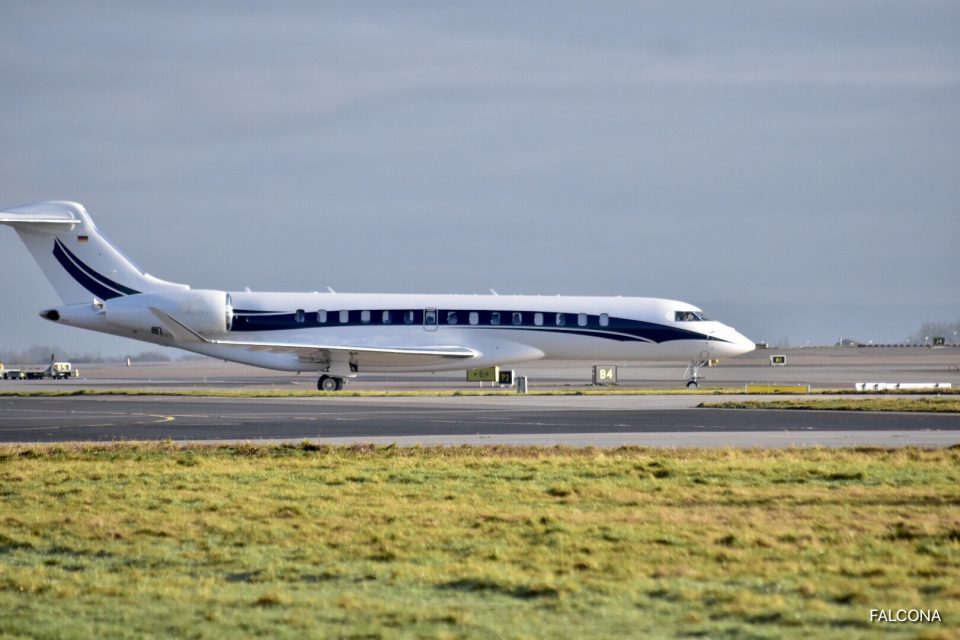The Emergence of Empty Legs in Private Aviation
In the dynamic world of private aviation, the concept of “empty legs” has emerged as a game-changing phenomenon. An empty leg refers to the return flight of a private jet after it has transported passengers to their destination. These empty legs, once viewed as an unavoidable aspect of the industry, have now become a disruptive force, transforming the traditional private jet charter model.
The rise of empty legs can be attributed to the inherent nature of private jet travel. When a private jet takes off to transport passengers, it must return to its home base or move to a new location to pick up the next set of passengers. This return flight, often with an empty cabin, has traditionally been a cost burden for private jet operators. However, as the industry has evolved, savvy operators have found ways to monetize these empty legs, creating a more accessible and affordable private aviation experience for consumers.
The Impact of Empty Legs on the Traditional Private Jet Charter Model
The traditional private jet charter model has long been characterized by high costs, limited accessibility, and a focus on the needs of the affluent. However, the emergence of empty legs has the potential to disrupt this established paradigm, driving significant changes in the industry.
Increased Affordability
One of the most significant impacts of empty legs on the traditional private jet charter model is the increased affordability of private jet travel. By offering discounted rates on these empty leg flights, operators can make private aviation more accessible to a broader range of consumers, including individuals and businesses that may have previously been priced out of the market.
This increased affordability has the potential to attract a new segment of customers to the private jet charter industry, as more and more consumers recognize the benefits of this mode of transportation. The availability of empty leg flights can open up the world of private aviation to a diverse customer base, expanding the overall market and creating new opportunities for growth.
Optimization of Fleet Utilization
For private jet operators, empty legs have become a crucial tool for optimizing their fleet utilization and improving their overall profitability. By monetizing these previously unused return flights, operators can generate additional revenue and offset the significant costs associated with owning and operating private aircraft.
This optimization of fleet utilization has enabled operators to invest in growing their fleets, further expanding the pool of available private jets and enhancing the options available to consumers. As the industry continues to evolve, the efficient management of empty legs will remain a key factor in the success and growth of private jet charter operations.
Increased Transparency and Convenience
The rise of empty legs has also contributed to increased transparency and convenience in the private jet charter industry. Technological advancements, such as sophisticated booking platforms and real-time data analytics, have enabled consumers to more easily identify and book empty leg flights, streamlining the overall travel experience.
This enhanced transparency and convenience have made it simpler for consumers to access private jet services, challenging the traditional model’s exclusivity and complexity. Travelers can now more effectively coordinate their plans and find the most suitable options for their needs, optimizing their journey and minimizing the time and effort required to reach their destinations.
Diversification of Service Offerings
The emergence of empty legs has also led to a diversification of service offerings in the private jet charter industry. Operators are now able to cater to a wider range of customer needs, offering not only traditional private jet charters but also more affordable empty leg flights. This diversification has the potential to attract new customers to the industry, making private aviation more accessible and appealing to a broader range of consumers.
Fostering Innovation and Competition
The proliferation of empty leg offerings has also sparked increased competition and innovation within the private jet charter industry. Operators are constantly seeking ways to differentiate their services and attract customers, leading to a surge of new technologies, business models, and service offerings.
This competitive environment has the potential to benefit consumers, who now have more options and a higher quality of service to choose from. The evolution of the private jet charter industry, driven in part by the emergence of empty legs, has the capacity to create a more dynamic and responsive industry, better equipped to meet the diverse needs of today’s private aviation consumers.
The Challenges Faced by the Traditional Private Jet Charter Model
While the disruption caused by empty legs presents significant opportunities for the private jet charter industry, it also poses several challenges to the traditional model.
Loss of Exclusivity
One of the primary challenges faced by the traditional private jet charter model is the potential loss of exclusivity. The increased affordability and accessibility of private jet travel, driven by empty legs, may erode the sense of prestige and privilege that has long been associated with this mode of transportation.
As more consumers gain access to private jet services, the traditional model’s focus on catering to the affluent and elite may need to evolve. Operators may need to redefine their value proposition and find new ways to differentiate their services, beyond simply price and exclusivity.
Increased Competition
The surge in empty leg offerings has also led to increased competition within the private jet charter industry. Operators are now vying for a larger share of the market, as more consumers become aware of the benefits of private jet travel.
This heightened competition may put pressure on traditional operators to adapt their business models, pricing strategies, and service offerings to remain competitive. Failing to do so could result in a loss of market share and a decline in profitability.
Regulatory Challenges
The rapid growth of the private jet charter industry, fueled by the emergence of empty legs, may also present regulatory challenges. Policymakers and industry stakeholders may need to collaborate to address issues such as safety, sustainability, and the equitable distribution of resources.
These regulatory challenges could impact the way empty legs are utilized, potentially limiting the benefits they provide to consumers and operators. Navigating this evolving regulatory landscape will be a crucial aspect of the industry’s long-term success.
The Future of the Private Jet Charter Industry in the Era of Empty Legs
As the private jet charter industry continues to evolve, the role of empty legs is likely to become even more critical to its growth and transformation.
Technological Advancements
Advancements in technology, such as the development of more sophisticated booking platforms and data analytics tools, are expected to enhance the efficiency and effectiveness of empty leg management. These technological innovations will enable private jet operators to better identify and capitalize on empty leg opportunities, further driving the disruption of the traditional private jet charter model.
Increased Transparency and Accessibility
The availability of real-time data and improved booking platforms will also increase transparency and accessibility for consumers. Travelers will be able to more easily identify and book empty leg flights, making private jet travel more convenient and affordable than ever before. This increased transparency and accessibility will further challenge the traditional model’s exclusivity and complexity, as more consumers recognize the benefits of this mode of transportation.
Integration with Other Transportation Modes
In the future, we may see a greater integration of empty legs with other transportation modes, such as commercial aviation and ground transportation. This integration could create a more seamless and efficient travel experience for consumers, further driving the disruption of the traditional private jet charter model.
Evolving Business Models
The impact of empty legs on the private jet charter industry may also spark the emergence of new business models and innovative service offerings. Operators may need to redefine their value proposition, focusing on factors beyond just price and exclusivity, to remain competitive in the evolving market.
These new business models, driven by the availability of empty legs, have the potential to transform the private jet charter industry, making it more responsive to the evolving needs and preferences of consumers.
Conclusion
The emergence of empty legs has the potential to disrupt the traditional private jet charter model, driving significant changes in the industry. From increased affordability and accessibility to optimization of fleet utilization and diversification of service offerings, empty legs are transforming the way consumers access and experience private jet travel.
As the private jet charter industry continues to evolve, the importance of empty legs is likely to become even more pronounced. With the help of technological advancements, increased transparency and accessibility, and the emergence of new business models, empty legs are poised to play a pivotal role in the future growth and transformation of the industry.
For those seeking to understand the dynamics of the private jet charter market, the study of empty legs is essential. By recognizing the critical role that these empty flights play in the industry, we can better anticipate and respond to the changing needs and preferences of both private jet operators and consumers, ultimately driving the continued disruption and evolution of the traditional private jet charter model.



